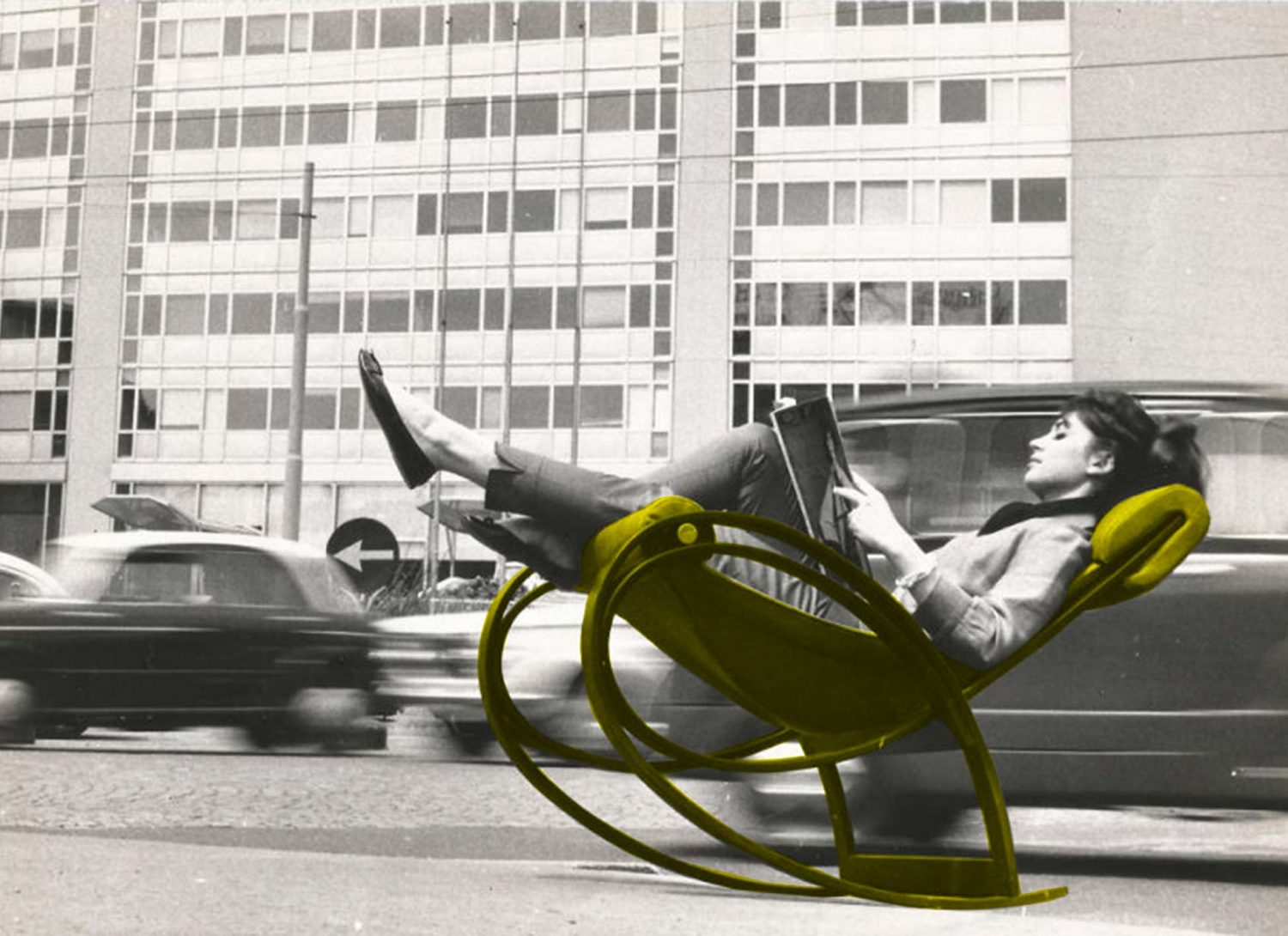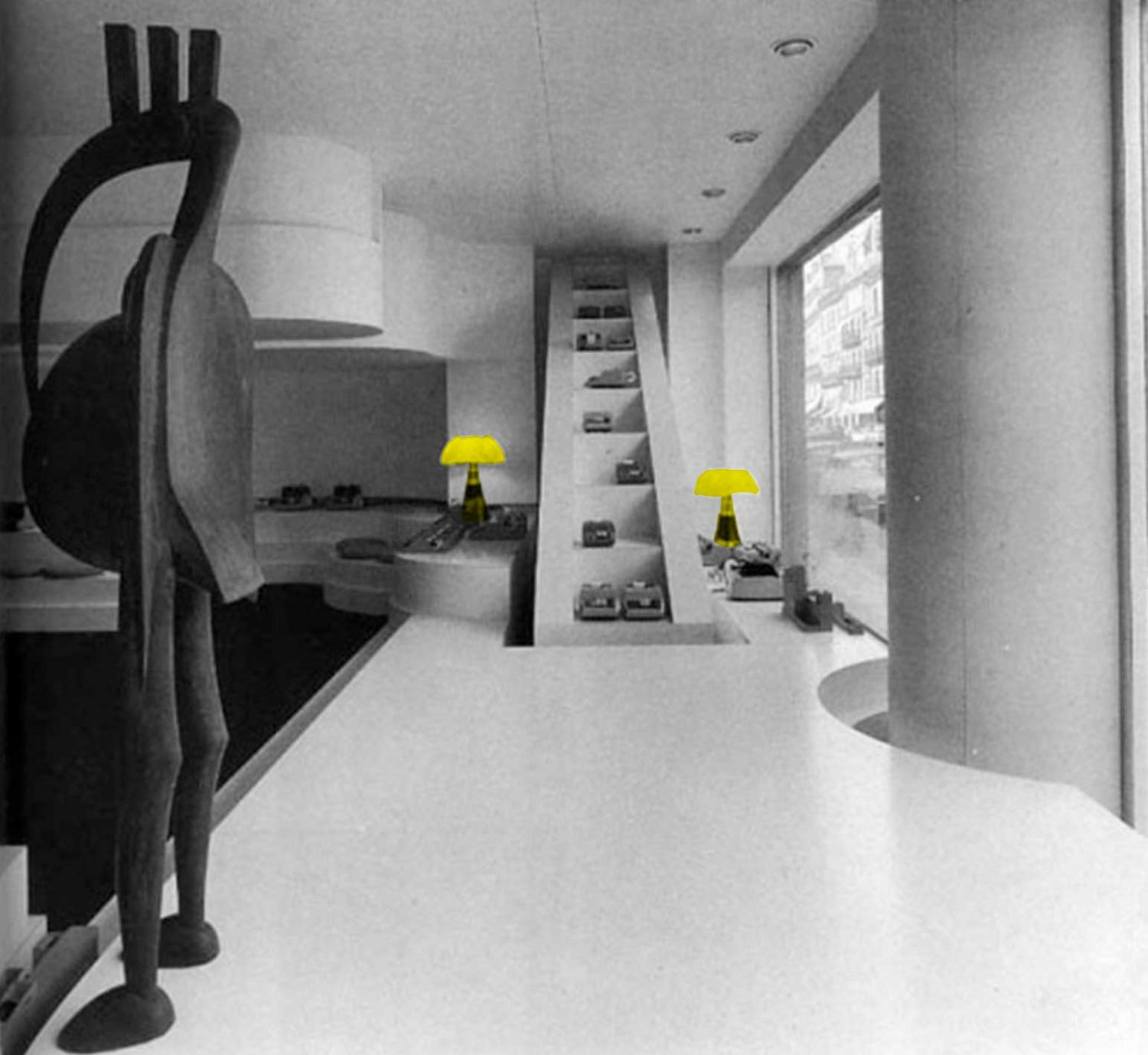INTERIOR
Gae Aulenti and the Neoliberty Style #Gae Aulenti

Gaetana Aulenti, better known as Gae Aulenti, integrated in an early stage of her career a group of young Italian architects that worked together under the direction of Ernesto Nathan Rogers in the editorial staff of the magazine Casabella-Continuità between 1955 and 1965. She took from Rogers, inventor of the famous “from the spoon to the town” slogan and the idea of “pre-existing environment”, the interest for designing at a full range of scales and a particular sensitivity towards history.
Aulenti took part among other Casabella’s editors, like Aldo Rossi or Vitorio Gregotti, in the short-lived Neoliberty style, thus creating pieces such as the Sgarsul Rocking Chair or the Locus Solus Outdoor Collection. In this time she grew an interest in industrial design that led her to work for the most important furniture brands and to design pieces such as the April Foulding chair for Zanotta, the Jumbo table for Knoll, the chair 4794 for Kartell or the Tavolo con ruote for Fontana Arte, selected for the MoMA’s design collection..
At the same time, she made several interior refurbishments, both in dwellings and shops, the most prominent among which are the Olivetti showrooms. She produced her well-known Pipistrello Lamp as part of the design for the Olivetti showroom in Paris in 1965.
The conscious principle in this design has been to achieve forms that could create experiences, and that could at the same time welcome everyone's experiences with the serenity of an effortless development.Gae Aulenti
Maybe the most important part in Gae Aulenti’s work is the renovation of ancient buildings for fitting in a new use as a museum, this leading also to design the display accessories. Her better-known work in this area is the conversion of the Montjuïc Palace into the National Museum of Art of Catalonia in Barcelona and the conversion of the Orsay Railway Station in Paris into the Musée d’Orsay, an intervention that lead her to design the Bugia Lamp.


